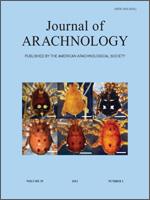Invited Review (1)
Featured Articles (17)
Book Review (1)
Short Communications (10)

No abstract available
